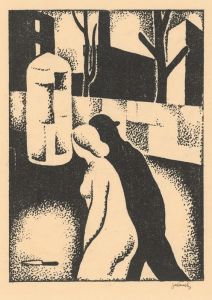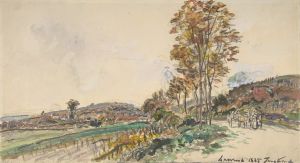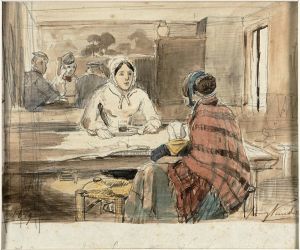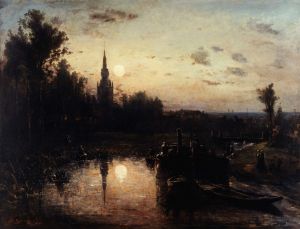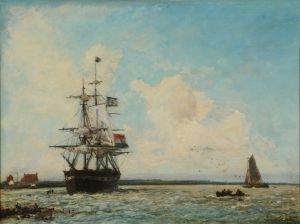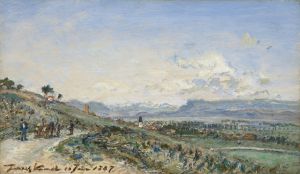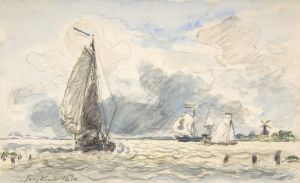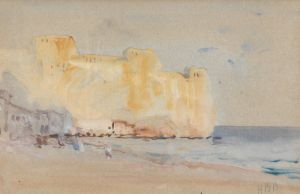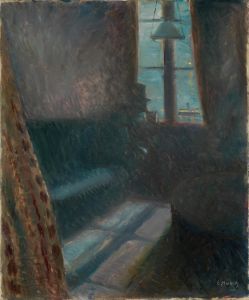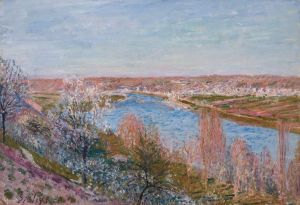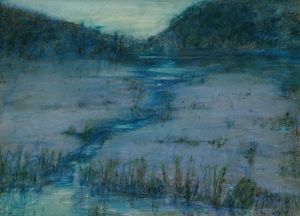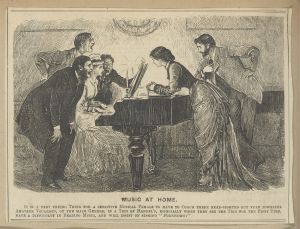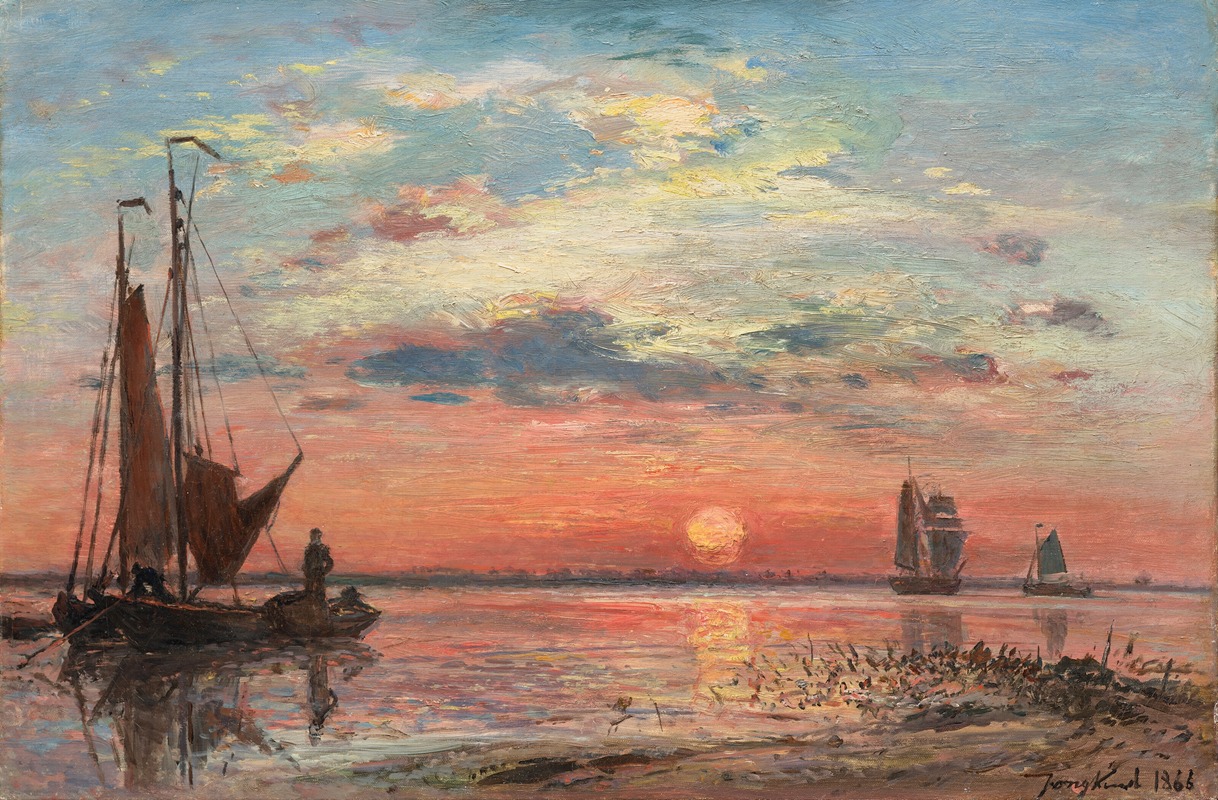
L’Escaut près d’Anvers, Soleil couchant
A hand-painted replica of Johan Barthold Jongkind’s masterpiece L’Escaut près d’Anvers, Soleil couchant, meticulously crafted by professional artists to capture the true essence of the original. Each piece is created with museum-quality canvas and rare mineral pigments, carefully painted by experienced artists with delicate brushstrokes and rich, layered colors to perfectly recreate the texture of the original artwork. Unlike machine-printed reproductions, this hand-painted version brings the painting to life, infused with the artist’s emotions and skill in every stroke. Whether for personal collection or home decoration, it instantly elevates the artistic atmosphere of any space.
Johan Barthold Jongkind was a Dutch painter known for his significant contributions to the development of Impressionism. Born on June 3, 1819, in Lattrop, Netherlands, Jongkind spent much of his career in France, where he became associated with the Barbizon School and later influenced the Impressionist movement. His works are celebrated for their innovative use of light and atmosphere, often depicting landscapes and urban scenes with a distinctive style that prefigured Impressionism.
One of Jongkind's notable works is "L’Escaut près d’Anvers, Soleil couchant" (The Scheldt near Antwerp, Sunset). This painting captures a serene and atmospheric view of the River Scheldt near Antwerp during sunset. Jongkind's mastery in rendering the effects of light and his ability to convey the mood of the scene are evident in this work. The painting showcases his skill in using color and brushwork to depict the transient effects of light on water and sky, a technique that would later be embraced by the Impressionists.
"L’Escaut près d’Anvers, Soleil couchant" exemplifies Jongkind's approach to landscape painting, where he often focused on the interplay between natural elements and light. His use of a subdued palette and loose brushstrokes creates a sense of immediacy and spontaneity, capturing the fleeting moment of sunset with a poetic sensibility. The composition is balanced, with the river leading the viewer's eye into the distance, while the warm hues of the sunset contrast with the cooler tones of the water and sky.
Jongkind's influence on the Impressionists, particularly Claude Monet, is well-documented. Monet himself acknowledged Jongkind as a critical influence on his development as an artist. Jongkind's ability to capture the essence of a scene with minimal detail and his focus on the effects of light and atmosphere were qualities that the Impressionists admired and adopted in their own work.
Throughout his career, Jongkind remained dedicated to plein air painting, often working outdoors to capture the natural light and atmosphere of his subjects. This approach allowed him to develop a keen sensitivity to the changing conditions of the environment, which is evident in "L’Escaut près d’Anvers, Soleil couchant." His work is characterized by a sense of immediacy and a focus on the ephemeral qualities of nature, elements that would become central to the Impressionist movement.
Jongkind's contributions to art extend beyond his paintings; he played a pivotal role in bridging the gap between the Barbizon School and Impressionism. His innovative techniques and focus on light and atmosphere paved the way for future generations of artists, making him a key figure in the transition from traditional landscape painting to the modernist approaches of the late 19th century.
"L’Escaut près d’Anvers, Soleil couchant" remains an important work in Jongkind's oeuvre, reflecting his artistic vision and his influence on the evolution of landscape painting. Today, his works are held in high regard and can be found in major museums and collections worldwide, where they continue to be appreciated for their beauty and historical significance.





